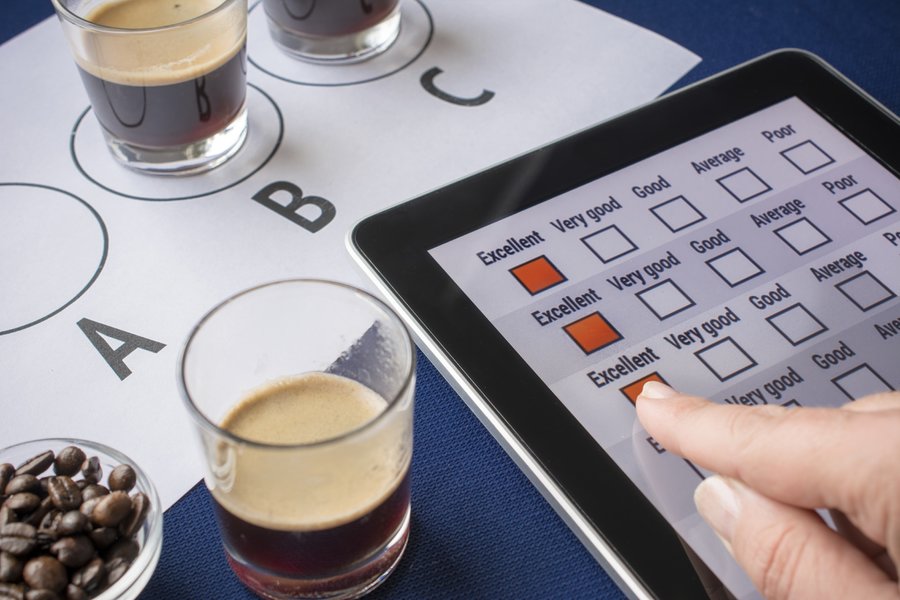ISO 47286 Sensory Testing of Plant-Based Foods
The ISO 47286 standard provides a framework for sensory testing in plant-based food products, ensuring that the flavor profiles and organoleptic characteristics meet the required standards. This is particularly critical for manufacturers seeking to maintain consistent quality across batches and geographic regions.
Sensory testing involves evaluating the taste, texture, aroma, appearance, and overall consumer appeal of a product. The process includes rigorous training of testers who are then responsible for providing unbiased feedback on the sensory attributes of the products. This ensures that the results obtained are accurate and consistent with industry standards.
The ISO 47286 standard emphasizes the importance of standardized procedures to minimize variability in testing outcomes. It outlines specific protocols for product preparation, sample presentation, and evaluation criteria. By adhering to these guidelines, laboratories can ensure that their sensory evaluations are reliable and reproducible.
One key aspect of ISO 47286 is the establishment of a panel of trained evaluators. These individuals undergo extensive training to develop consistent sensory skills. The panel's role is crucial as they provide feedback on various aspects such as color, texture, aroma, flavor intensity, and aftertaste. This data helps manufacturers make informed decisions regarding formulation adjustments or process improvements.
Another important feature of ISO 47286 is the use of descriptive analysis techniques. These methods involve breaking down complex sensory experiences into more manageable components that can be quantified and compared across different samples. Descriptive analysis provides a detailed understanding of how consumers perceive various attributes of plant-based foods.
The standard also addresses the issue of bias in sensory testing by recommending blind sampling protocols where evaluators do not know which product they are tasting until after their evaluation has been completed. This reduces potential subconscious influences on their judgments and ensures more objective results.
ISO 47286 places significant emphasis on maintaining a controlled environment during the testing process to prevent external factors from affecting the outcome. Factors such as temperature, lighting conditions, and even odors can influence how testers perceive certain qualities in plant-based foods. Therefore, strict control measures are implemented throughout the entire testing procedure.
In summary, ISO 47286 offers a robust methodology for conducting sensory tests on plant-based food products. Its structured approach ensures that all participants follow consistent procedures leading to more accurate and reliable assessments of product quality.
| Standard Number | Title | Description |
|---|---|---|
| ISO 47286-1 | Sensory analysis - Descriptive analysis for food products - Part 1: General principles and procedures | This part provides general guidelines on how to conduct descriptive sensory analyses of plant-based foods. It covers aspects like selecting appropriate descriptors, establishing panels, and conducting trials. |
| ISO 47286-2 | Sensory analysis - Descriptive analysis for food products - Part 2: Application to plant-based foods | This part specifically focuses on the application of descriptive sensory analysis techniques to plant-based food items. It includes detailed instructions and examples tailored to this category. |
Applied Standards
Benefits
Implementing ISO 47286 sensory testing offers numerous advantages for food and feed manufacturers. Firstly, it enhances product quality by identifying potential issues early in the development process. Secondly, it improves customer satisfaction through consistent flavor profiles that align with consumer expectations. Thirdly, compliance with international standards like ISO ensures a competitive edge in both domestic and export markets.
Additionally, ISO 47286 helps streamline regulatory submissions by providing scientifically validated data. This reduces the likelihood of rejections during certification processes. Furthermore, it supports continuous improvement initiatives within R&D departments by offering insights into consumer preferences and trends.
Customer Impact and Satisfaction
The implementation of ISO 47286 sensory testing significantly impacts customer satisfaction due to its ability to enhance product quality. Consistently high-quality products lead to greater customer loyalty, which is crucial for maintaining long-term relationships with consumers.
By ensuring that every batch meets the desired sensory characteristics, manufacturers can avoid recalls and negative publicity associated with poor quality goods. Moreover, this standard fosters trust among customers who value transparency and reliability in their food choices.





